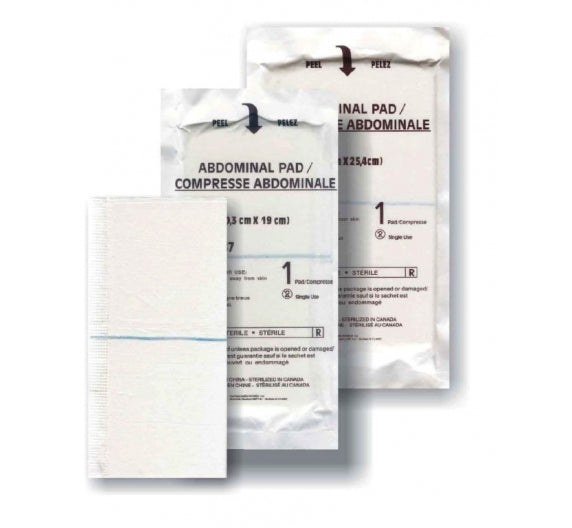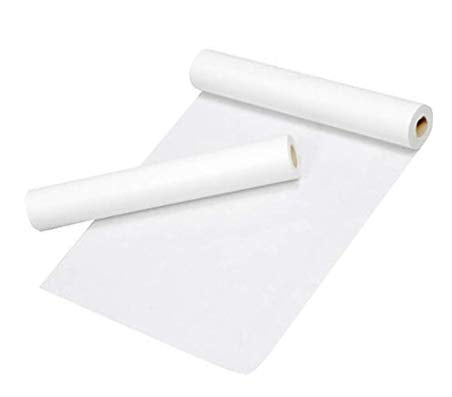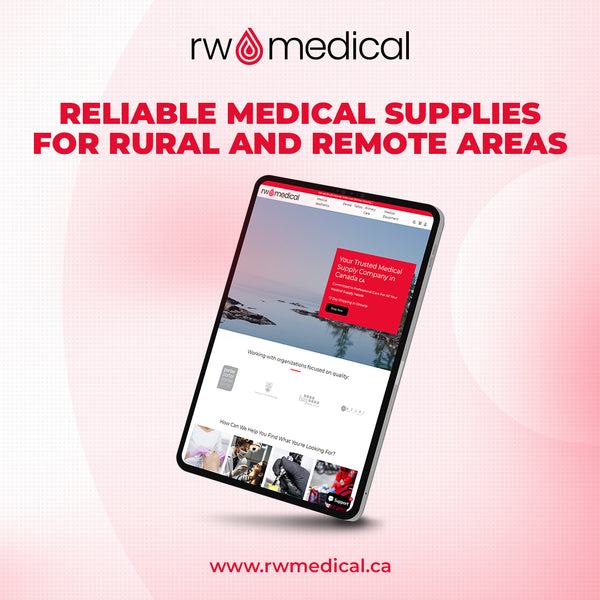BD Peripheral Intravenous Catheter (PIVC) Devices
Peripheral Intravenous Catheters (PIVCs) are vital for delivering medications and fluids. In this blog we are going to learn about BD’s innovative solutions and help you decide which PIVC is right for you:
PIVC Types: Choosing the Right IV Catheter

PIVCs access peripheral veins for short- to medium-term therapy. BD offers two types to meet clinical needs:
- Straight PIVCs: Conventional (BD Insyte) or safety IV catheters (BD Insyte Autoguard) , winged or non-winged. Ideal for quick insertions in ERs or outpatient settings. Learn proper technique: aim for a 15-30° angle and confirm flashback.
- Integrated PIVCs (BD Nexiva): All-in-one with extension sets and stabilization platforms. Reduce dislodgement (affects 20% of IVs) and streamline workflows.
BD’s Key Features: Why They Stand Out
BD’s peripheral IV catheters use advanced tech to address complications like needlestick injuries and blood exposure:

- BD Instaflash™ Needle Technology: Notched needle shows instant vessel entry, with 98% first-stick success in studies—fewer retries, happier patients.
- BD Vialon™ Catheter Material: Softens 70% in-vein, cutting phlebitis by 50% for longer dwell times and comfort.
- Blood Control Technology: Contains blood for 10 seconds, reducing exposure by 95% per research—safer for clinicians.
- Safety Mechanisms: Active or passive shielding prevents needlesticks, aligning with OSHA standards.

Explore BD’s lineup, ideal for IV therapy and critical care:
- BD Insyte™ IV Catheter: Conventional, with Vialon™. Great for basic procedures; learn flushing for patency.
- BD Insyte™ Autoguard™: Safety with Instaflash™ (20-24g), push-button shielding. Teaches needlestick prevention.
- BD Insyte™ Autoguard™ with Blood Control Pro: Blood septum, no compression needed—ideal for high-risk settings.
- BD Nexiva™ Closed IV Catheter System: Integrated, passive safety, reduces complications. Single/dual-port with MaxZero™ connectors.
- BD Nexiva™ Diffusics™: For contrast media in radiology.



